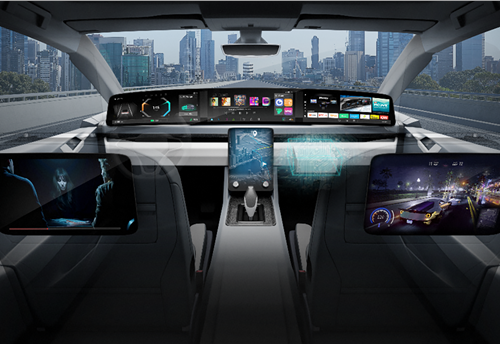Mercedes-Benz debuts multi-beam LED headlamp tech in new CLS
Mercedes-Benz is using new multi-beam LED headlamp technology for the first time in the new-generation CLS-class.
Mercedes-Benz is using new multi-beam LED headlamp technology for the first time in the new-generation CLS-class. High-resolution precision LED modules, each with 24 individually controlled high-performance LEDs, automatically illuminate the road with a precision-controlled distribution of exceptionally bright light – without dazzling other road users. A camera positioned behind the windscreen delivers the information with which four control units the ideal light pattern 100 times per second. The anticipatory camera-based active light function on bends and the new navigation-based light function for roundabouts are also unique. The new tech gives the CLS-class yet another first, given that in 2010 it got dynamic all-LED high-performance headlamps featuring adaptive light functions – a world first in a production automobile.
The multi-beam LED headlamps make use of the many advantages of LEDs in an innovative way and combine them with state-of-the-art lighting and control technologies. Consequently they offer the driver significantly more benefits in daily driving than all other headlamp systems. Mercedes says these headlamps expand the Intelligent Light System's previous functionality (Adaptive Highbeam Assist, country mode, motorway mode, fog lamps, active light function, cornering light function, LED daytime driving lamps) with a number of outstanding, innovative lighting features. Their key highlights are dazzle-free high-resolution high beams, which react faster and more precisely; anticipatory camera-based active light function; and navigation-based roundabout light function
"The first LED headlamps with all the adaptive functions of the Intelligent Light System have been available to our customers since 2010 in the CLS," says Prof Dr Thomas Weber, nember of the Daimler Board of Management responsible for Group Research and Head of Mercedes-Benz Cars Development. "With multi-beam LED technology the headlamps now are able to react even more quickly, more precisely and individually to changing traffic conditions. On top of this, there are expanded functions of which a driver will become directly aware, such as anticipatory camera-based curve recognition with the active light function."
The crucial element in the headlamps is the new dazzle-free main beam. Using the camera positioned behind the front windscreen, it detects oncoming traffic or vehicles in front, and mechanically masks them out in the light cone of the main beam so that the drivers are not dazzled. Consequently, the high-beam headlamps can be left on at all times, to use their full range without irritating or even endangering other road users.
The new multi-beam LED headlamps go an important step further. They use a very fast responding high-resolution precision LED light module as a light source, which features 24 individual high-performance LED chips. Each can be controlled electronically and independently of the others. This allows the light distribution from the right and left headlamps to be controlled separately and adapted highly dynamically to the traffic conditions with a high level of precision. This makes it illuminate individual areas of the road in highly targeted fashion. Combining the light source with the proven mechanical LED technology, means the headlamp control technology not only increases the precision of today's light sources and sets a gap with a minimal width for the main beam, but it also generates a new dimension in light output in partial high-beam operation. Compared with the systems on the market today, the multi-beam LED headlamps have up to 2.5 times the partial high-beam light output. This increase is made possible by the sophisticated control electronics in conjunction with the new matrix light source of the precision LED module.
A camera on the windscreen supplies the system with the information it needs about the constantly changing traffic situation and is also used by other assistance functions. Four control units per vehicle calculate the ideal light pattern 100 times per second and activate all 24 high-performance LEDs in lamp module individually.
The additional light output of the technology in the multi-beam LED headlamps is not only used to increase the performance in partial high-beam operation, but also for high-beam operation. Even though the latter is activated significantly less due to traffic density, the range of the high beams was increased by about 20 percent to about 485 metres.
In addition to the powerful high-resolution precision main-beam module, each multi-beam LED headlamp contains a further module for the low-beam headlamp which is equipped with four LEDs. It can be swivelled outward additionally by as much as 12 degrees to provide an anticipatory camera-based active light function. Camera-based, the module swivels toward the bend before the driver has even turned the wheel, thus providing optimum illumination of the bend early on. According to the situation it also swivels back to the straight-ahead position before the bend ends. This allows the driver to identify dangers earlier when entering and exiting bends. The anticipatory control allows an additional range of between 30 and 60 metres depending on the traffic situation.
Finally, the new light function for roundabouts is navigation-based and activates the cornering light function to the left and right before entering the roundabout to ensure maximum visibility at an early stage.
RELATED ARTICLES
Antolin unveils sustainable tech solutions at Beijing Motor Show
In line with its China market roadmap, Antolin is showcasing its latest advances in lighting, HMI, electronics, and sust...
Visteon wins $1.4 billion in new business in Q1 2024, launches 26 new products
Digitisation of vehicle cockpit megatrend is a key growth driver for Visteon with over $400 million of displays wins; Vi...
BMW uses Catena-X ecosystem using real-world CO2 data to enhance quality
Working together with partners and suppliers, the company has modelled a complete data chain for the first time using re...





 17 Jun 2014
17 Jun 2014
 5355 Views
5355 Views



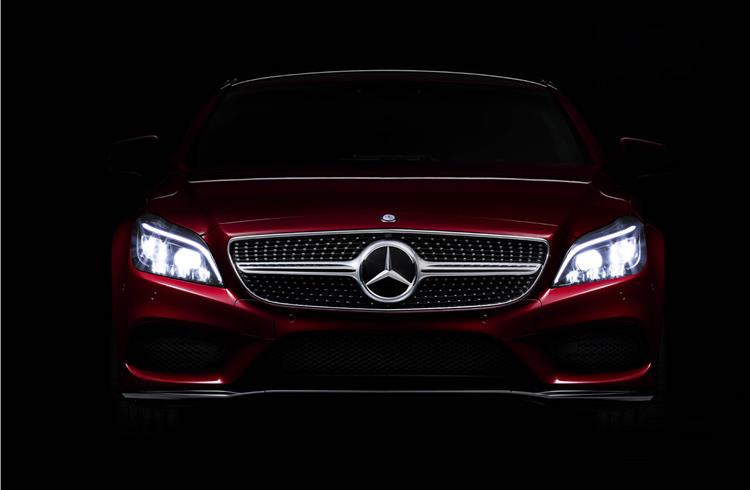
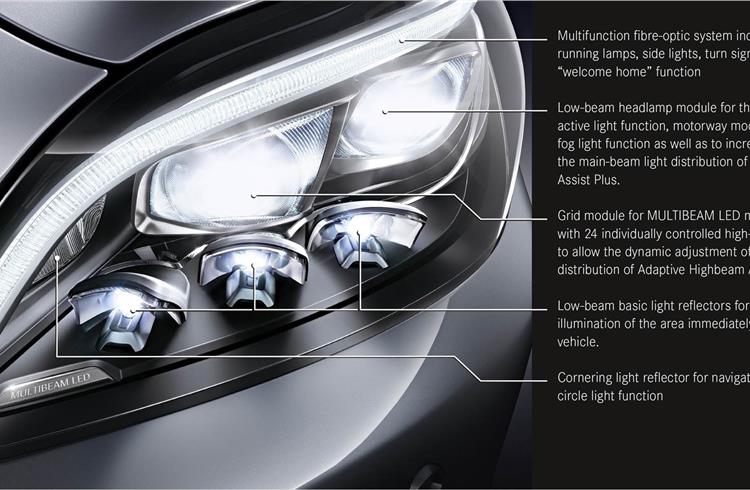
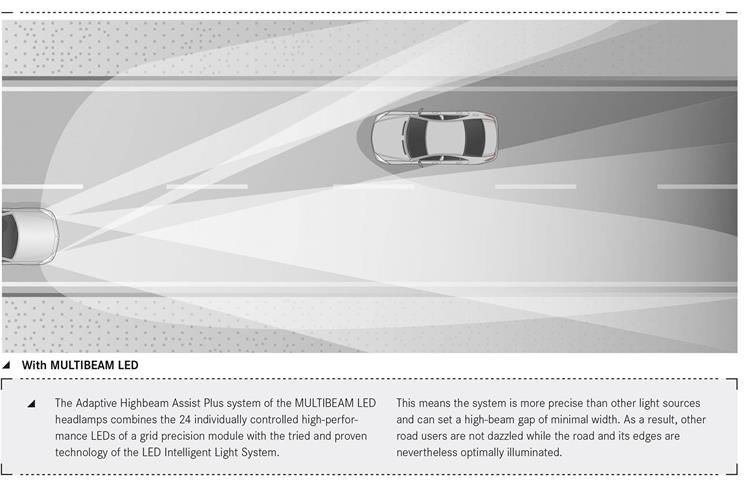
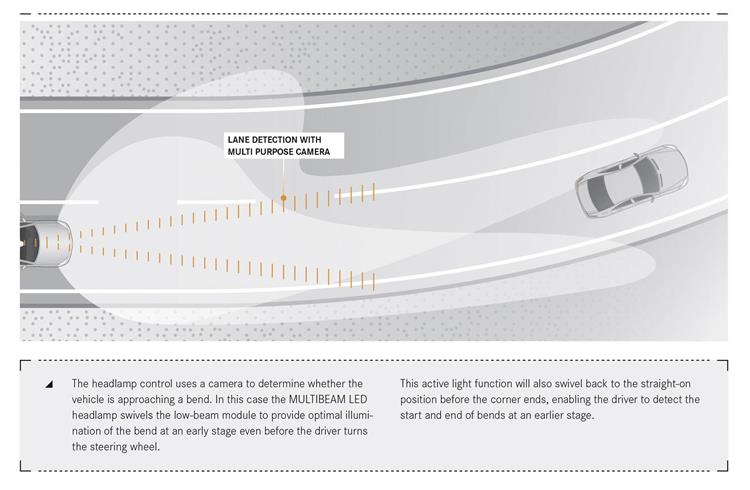

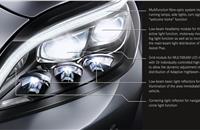
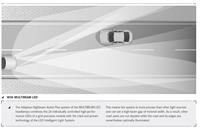

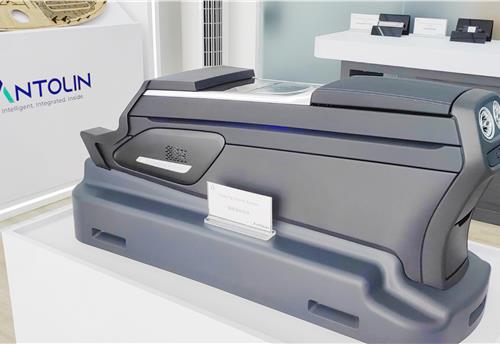
 Autocar Pro News Desk
Autocar Pro News Desk

